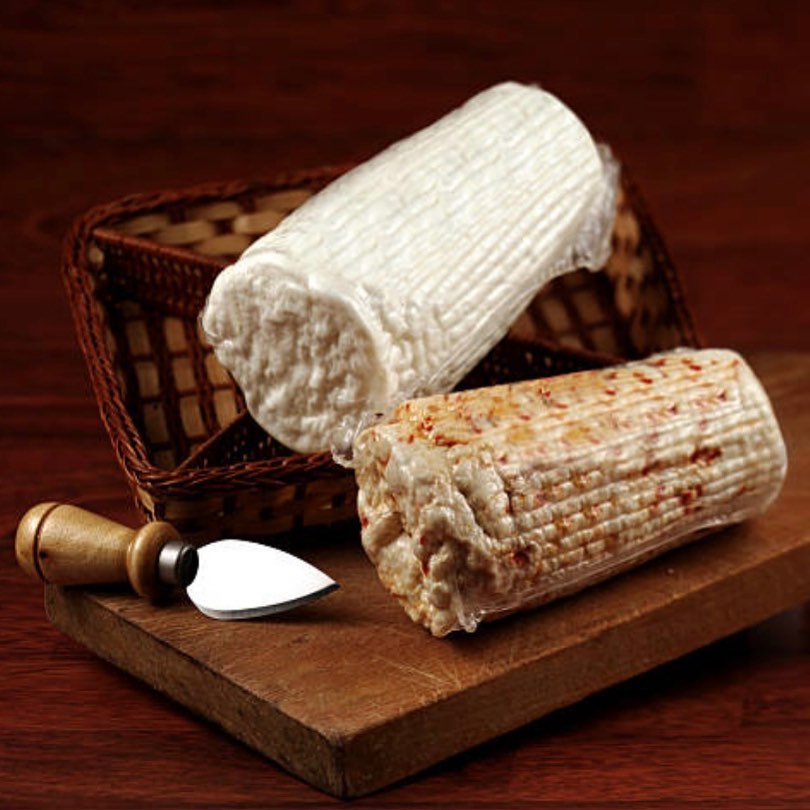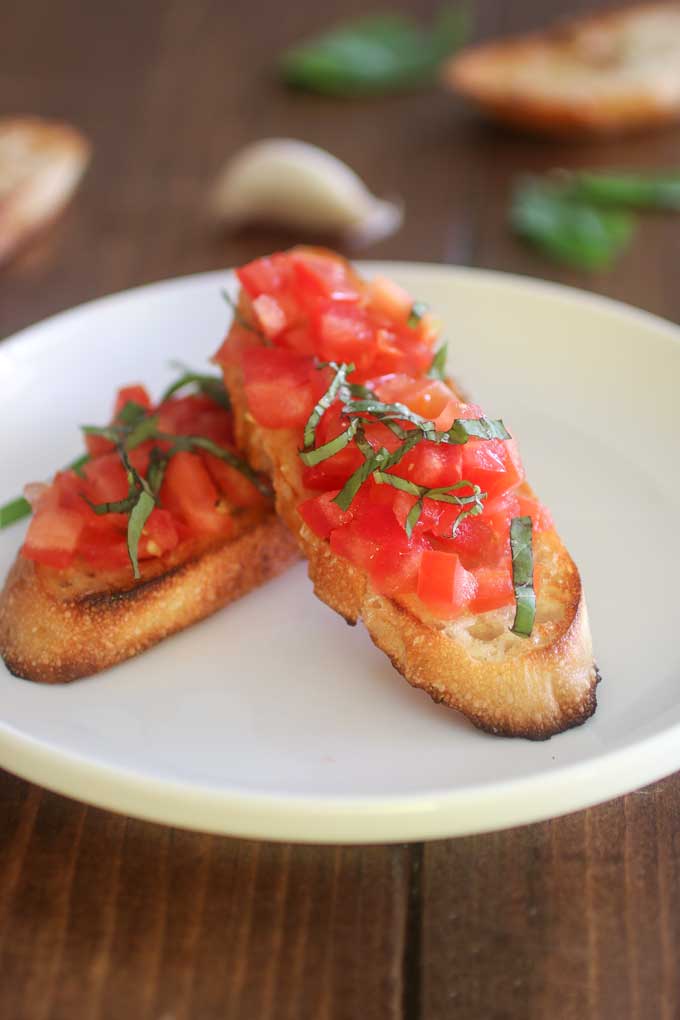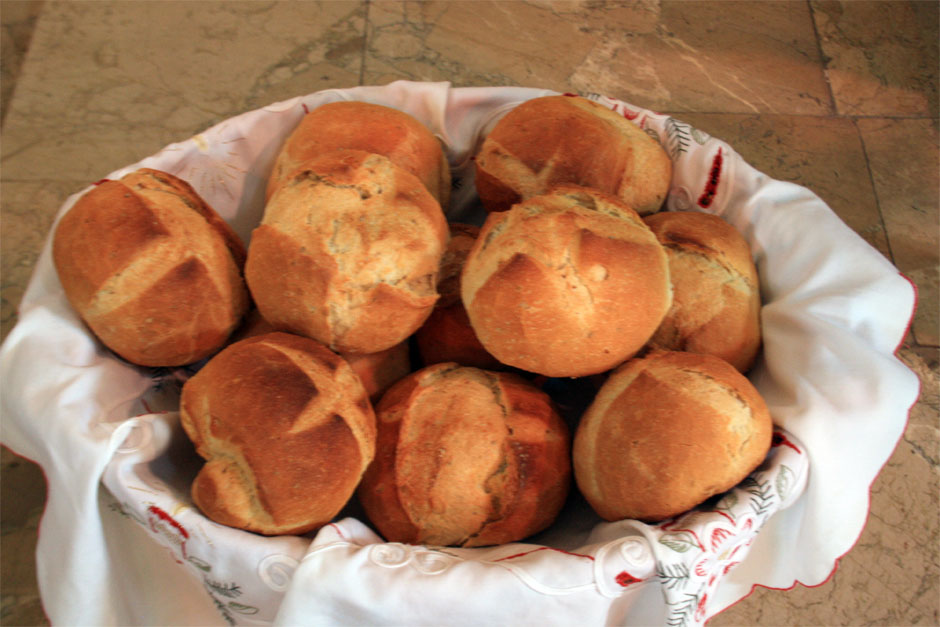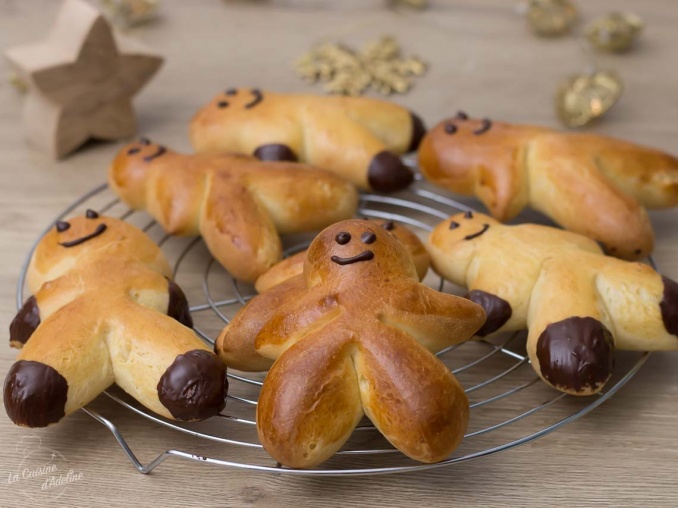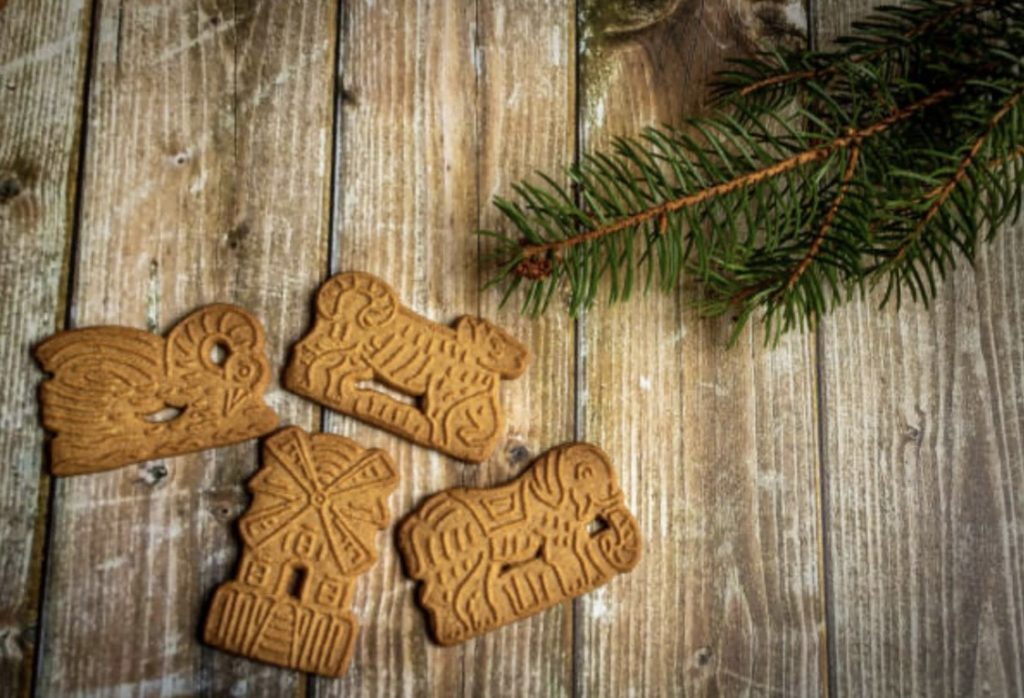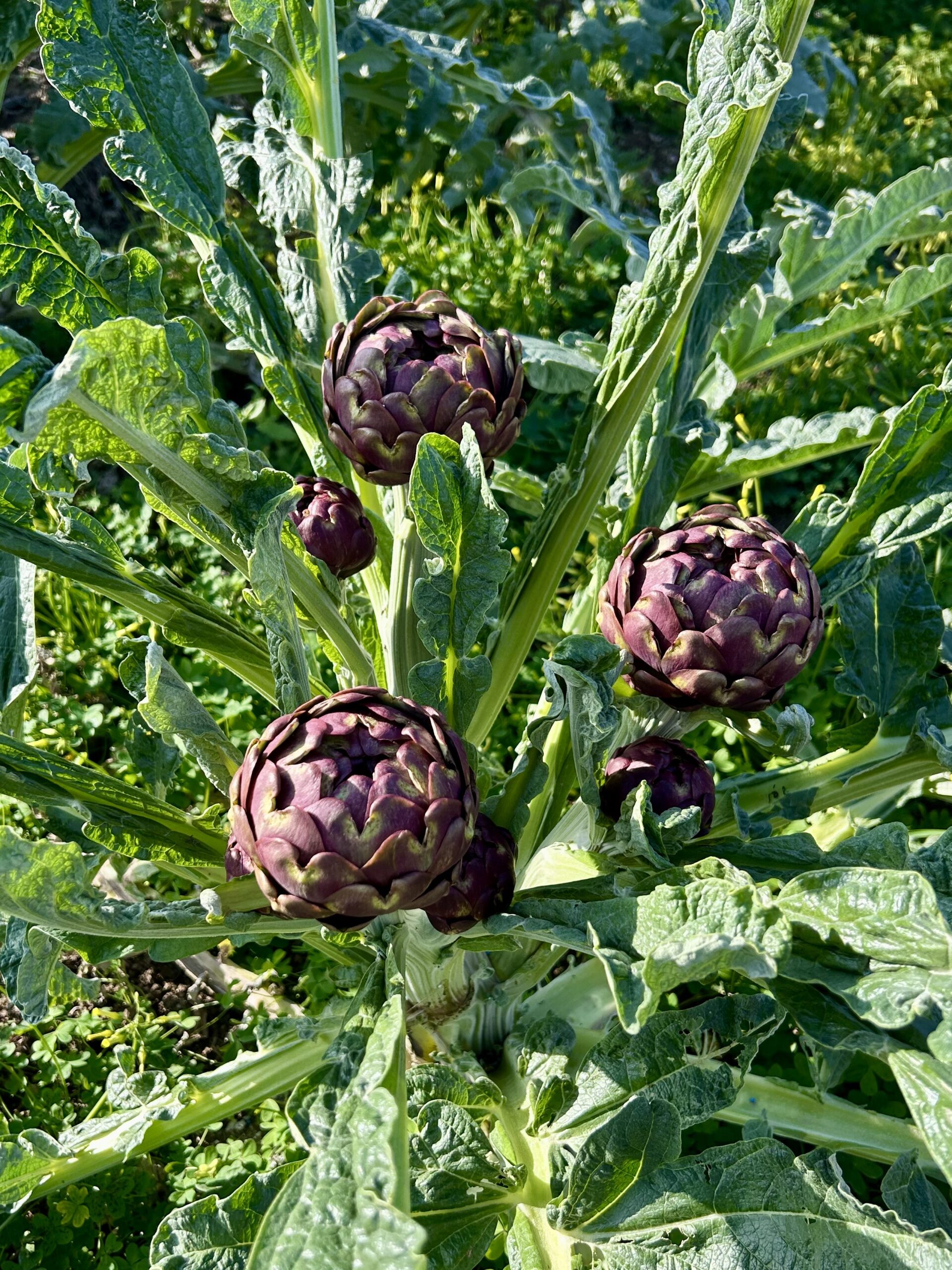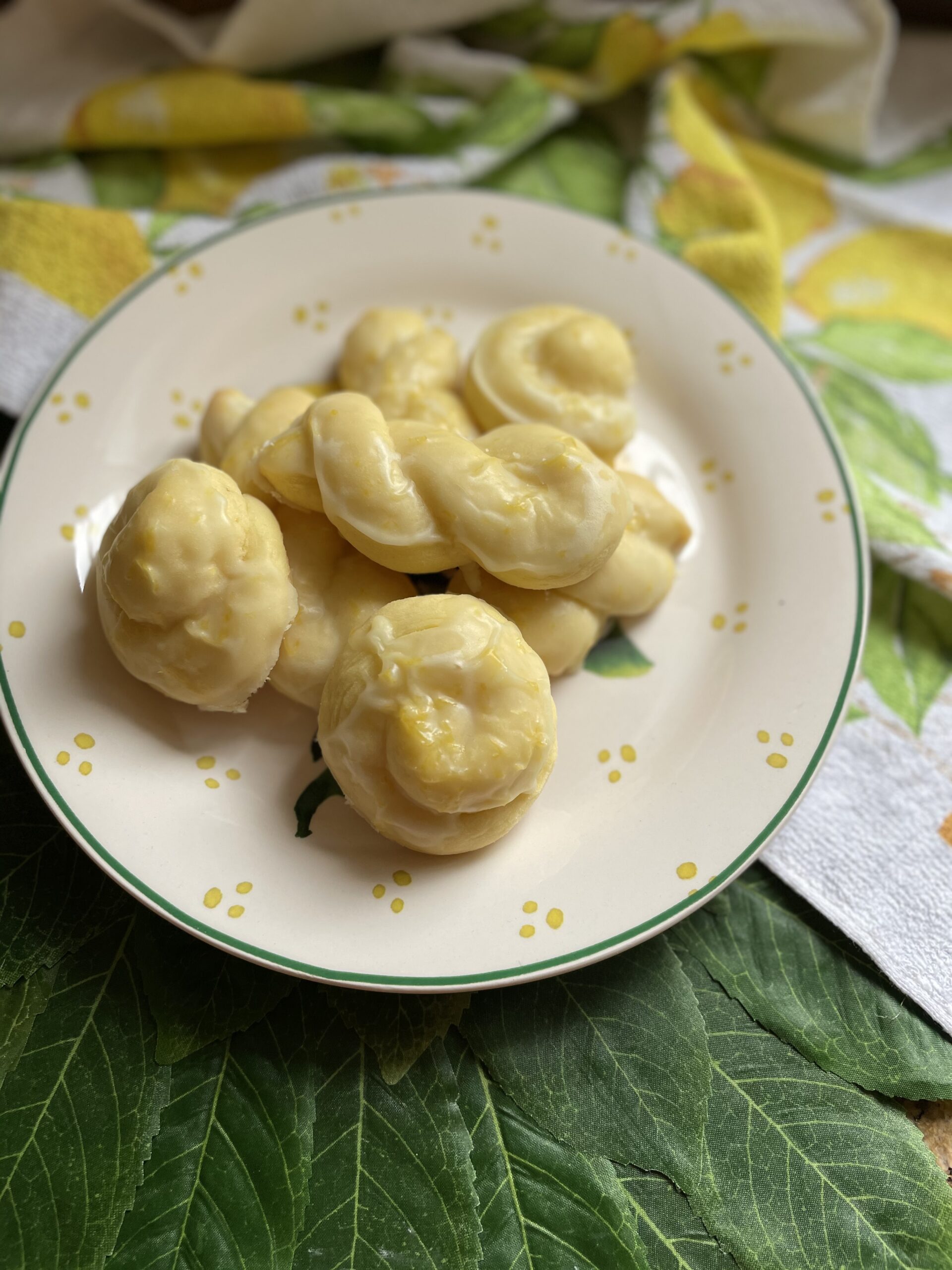He’ll have a big fat pack upon his back
And lots of goodies for you and for me
So, leave a peppermint stick for old St. Nick
Hanging on the Christmas tree
The classic carol by Andy Williams is merely one of many that reference jolly ol’ St. Nick who is said to have been inspired by the venerated, San Nicola, whose feast day is celebrated on December 6th. He was a man known for his generosity and acts of kindness towards others, especially children. He is known as the patron Saint of the City of Bari, but he is revered not only all over Italy, but all of Europe as well.
Much like children in North America leave out milk and cookies for Santa on Christmas Eve, it is customary on the eve of San Nicola for children to leave an empty plate on their table and in the morning, if they have been good, the plate is filled with chocolates and goodies. Coal is given to children who have misbehaved.
San Nicola is said to protect children and unmarried woman, the same women who will often celebrate the Rito delle nubili: unmarried women wishing to find a husband attend an early-morning Mass, where they will circle a column seven times after which they receive gifts and wishes from the local council, for them to find a husband.
Aside from these rituals, the San Nicola festivities across Italy and Europe come with many edible traditions.
In Calabria it is said that on the feast day of San Nicola, the shepherds begin their production of ricotta. The ricotta is goat’s milk cheese that is prepared in small wicker baskets. It can be cured or enjoyed fresh. The flavor is sour-sweet and a little spicy when matured. After curing, it is grated on pasta dishes much like Parmigiano, while when fresh it is excellent with tomato salads. So, if you can get your hands on some ricotta Calabrese, enjoy it in honour of San Nicola.
In Lazio, the festival is celebrated with new wine along with pancakes and bruschetta made with the year’s fresh olive oil.
In southern Italy, Pani i S. Nicola or Pagnottelle di San Nicola; loaves of bread marked with the saint’s initials are distributed after being blessed in church. In Ganzirri (a Sicilian seaside town) fishermen believe the loaves can calm storms at sea and therefore carry the blessed loaves with them on their fishing vessels. When severe storms blow, they throw loaves into the sea, firm in their faith they will be protected.
In Alsace (East of France), it is customary to make mannelle (milk bread shaped into a little man) for St. Nicolas. The shape is said to represent the 3 children that St. Nicolas saved from a wicked butcher (the story, which I researched is actually quite morbid, so I will spare you the gory details). This brioche homme is quite popular in the East and North of France and can be found in most bakeries during the holiday season. The mannelle can be plain or made with chocolate chips.
Finally, what is perhaps the most recognized treat honouring the pre-cursor to our modern Kris Kringle, is the speculoos cookie. In Belgium, the Netherlands and northern France, children traditionally receive spicy speculoos biscuits, molded in the figure of the celebrated saint. The biscuits are traditionally made from brown sugar, eggs, butter and flour and flavoured with cinnamon and other spices (they are considered a gingerbread of sorts). Prior to baking, the mixture is pressed into wooden molds that resemble Saint Nicolas, with his bishop’s robes and miter or other shapes such as windmills (representative of the country in which they are made).
The Festa di San Nicola (feast of St. Nicolas) is considered to be the start of the holiday season in Europe and with all the culinary customs associated with December 6th, I am ready to start celebrating. Buone Feste e Buon Appetito!


